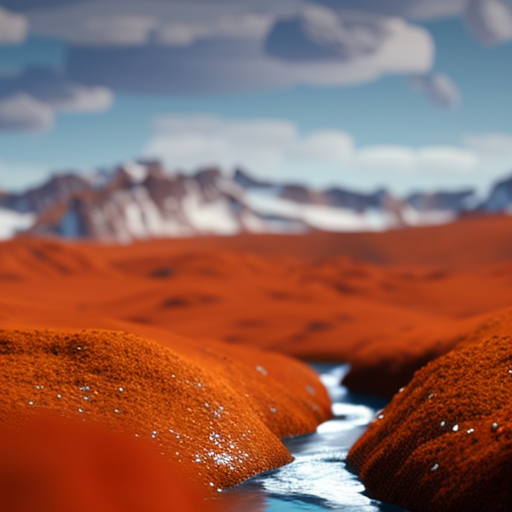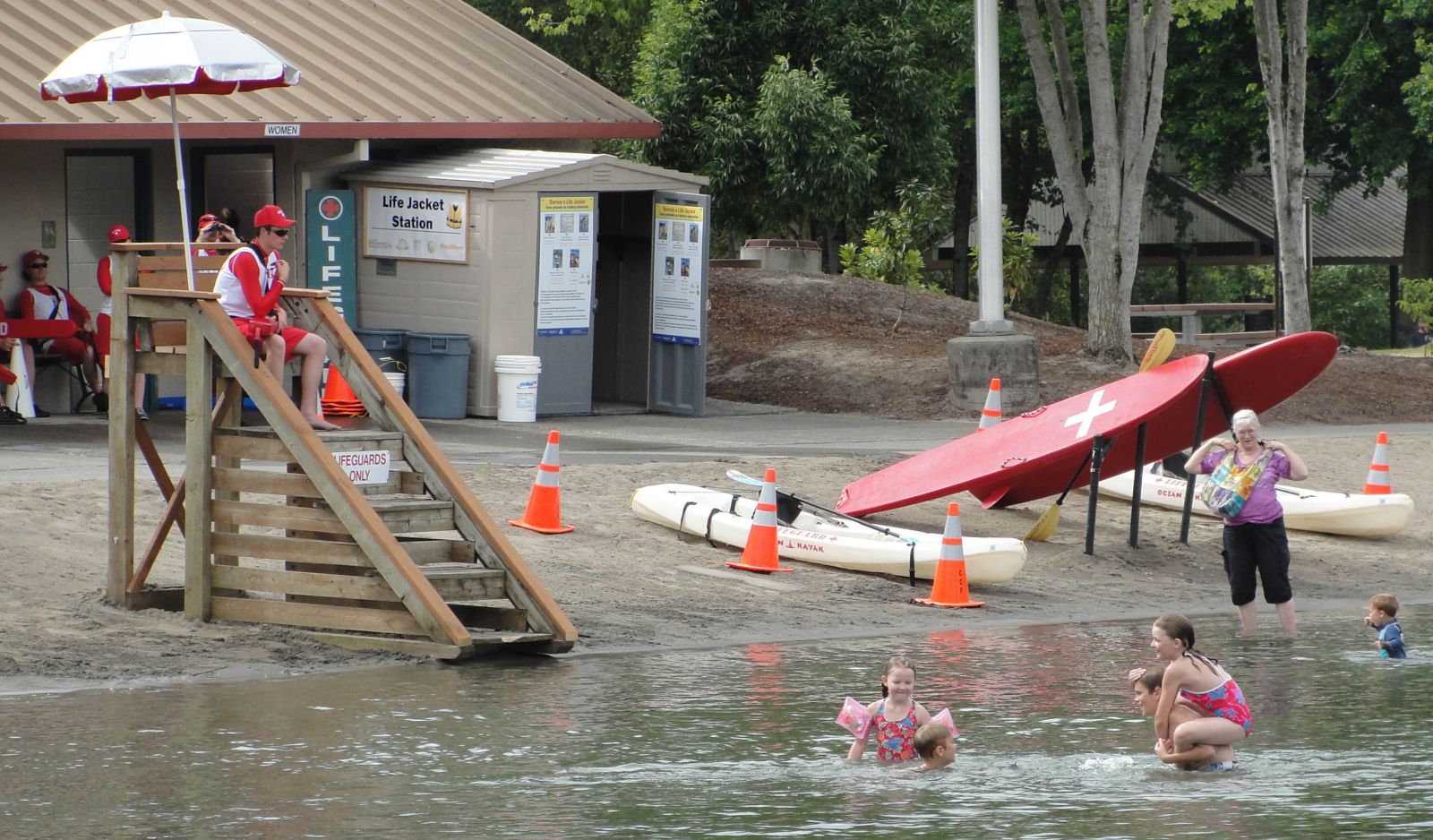
Alaska’s Arctic Rivers Turn Rusty Orange as Permafrost Thaws
Dozens of once-pristine rivers and streams in Alaska’s Brooks Range are turning an alarming shade of orange. The discoloration, according to a new study published in the journal Communications Earth and Environment, is likely caused by the thawing of permafrost, which is exposing previously frozen minerals that are now leaching into the waterways.
Impact on Water Quality and Ecosystem
- Water samples from the affected streams show higher acidity and higher concentrations of sulfates and trace metals, which can have significant ecological consequences, such as the disappearance of fish species and a decline in aquatic insect diversity.
- These water quality changes could severely impact Arctic fish populations, as many of the affected streams serve as crucial spawning grounds and nurseries for salmon and other fish species that are essential to the ecosystem and local subsistence fisheries.
The ecological consequences of this phenomenon could be significant. At one site in Kobuk Valley National Park, researchers observed the disappearance of fish species and a decline in aquatic insect diversity shortly after the appearance of orange water. Juvenile Dolly Varden trout (Salvelinus malma) and slimy sculpin (Cottus cognatus) were among the fish species that vanished from the stream.
Long-Term Implications and the Need for Further Research
Researchers emphasize the need for further studies to understand the long-term implications of this issue, highlighting that the abrupt changes in water chemistry observed in the Brooks Range are a unique and concerning consequence of climate change in the Arctic.
“Our larger research effort aims to identify where the minerals are located that are the source of the metals and identify which rivers are most sensitive,” study co-author Brett Poulin, an environmental toxicologist from the University of California, Davis, told Mongabay. “With those two pieces of information, we will be able to accurately assess risk to the ecosystem and humans.”
Sustainable Development Goals (SDGs)
This issue of Arctic rivers turning rusty orange due to permafrost thawing aligns with several Sustainable Development Goals (SDGs), including:
- SDG 13: Climate Action – The phenomenon highlights the impact of climate change on Arctic environments and emphasizes the need for action to mitigate its effects.
- SDG 14: Life Below Water – The potential disappearance of fish species and decline in aquatic insect diversity threatens the biodiversity and health of freshwater ecosystems.
- SDG 15: Life on Land – The changes in water quality and potential ecological consequences have implications for terrestrial ecosystems and the interconnectedness of land and water systems.
As scientists work to better understand the complex interactions between thawing permafrost, mineral release, and aquatic ecosystems, the study underscores the far-reaching consequences of climate change in the Arctic.
SDGs, Targets, and Indicators
1. Which SDGs are addressed or connected to the issues highlighted in the article?
- SDG 6: Clean Water and Sanitation
- SDG 13: Climate Action
- SDG 14: Life Below Water
- SDG 15: Life on Land
2. What specific targets under those SDGs can be identified based on the article’s content?
- SDG 6.3: By 2030, improve water quality by reducing pollution, eliminating dumping and minimizing release of hazardous chemicals and materials, halving the proportion of untreated wastewater and substantially increasing recycling and safe reuse globally.
- SDG 13.2: Integrate climate change measures into national policies, strategies and planning.
- SDG 14.1: By 2025, prevent and significantly reduce marine pollution of all kinds, in particular from land-based activities, including marine debris and nutrient pollution.
- SDG 15.1: By 2020, ensure the conservation, restoration and sustainable use of terrestrial and inland freshwater ecosystems and their services, in particular forests, wetlands, mountains and drylands, in line with obligations under international agreements.
3. Are there any indicators mentioned or implied in the article that can be used to measure progress towards the identified targets?
- Water quality indicators such as pH levels, concentrations of sulfates and trace metals, and presence of iron, zinc, nickel, and copper can be used to measure progress towards improving water quality (SDG 6.3).
- Monitoring the thawing of permafrost and its impact on water quality can be used as an indicator of integrating climate change measures into policies and planning (SDG 13.2).
- Changes in water chemistry and the disappearance of fish species and decline in aquatic insect diversity can be indicators of marine pollution and ecosystem health (SDG 14.1).
- Conservation and restoration efforts in terrestrial and freshwater ecosystems can be measured by monitoring the impact of permafrost thaw on water quality and aquatic ecosystems (SDG 15.1).
Table: SDGs, Targets, and Indicators
| SDGs | Targets | Indicators |
|---|---|---|
| SDG 6: Clean Water and Sanitation | 6.3: By 2030, improve water quality by reducing pollution, eliminating dumping and minimizing release of hazardous chemicals and materials, halving the proportion of untreated wastewater and substantially increasing recycling and safe reuse globally. | – pH levels – Concentrations of sulfates and trace metals – Presence of iron, zinc, nickel, and copper |
| SDG 13: Climate Action | 13.2: Integrate climate change measures into national policies, strategies and planning. | – Monitoring the thawing of permafrost and its impact on water quality |
| SDG 14: Life Below Water | 14.1: By 2025, prevent and significantly reduce marine pollution of all kinds, in particular from land-based activities, including marine debris and nutrient pollution. | – Changes in water chemistry – Disappearance of fish species – Decline in aquatic insect diversity |
| SDG 15: Life on Land | 15.1: By 2020, ensure the conservation, restoration and sustainable use of terrestrial and inland freshwater ecosystems and their services, in particular forests, wetlands, mountains and drylands, in line with obligations under international agreements. | – Impact of permafrost thaw on water quality and aquatic ecosystems |
Source: news.mongabay.com







